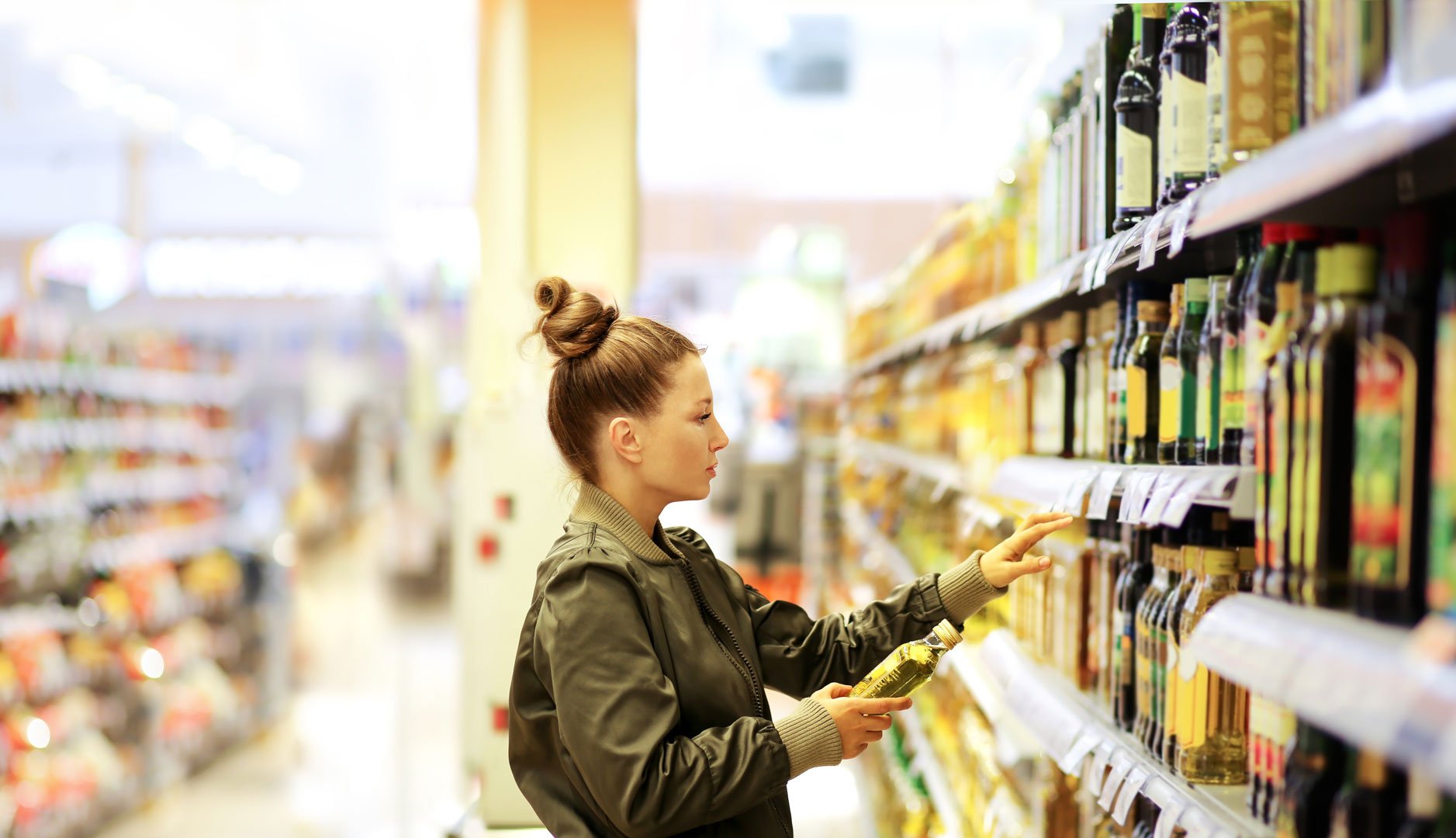Q: I’m trying to heal financially as life returns to pre-pandemic norms, but the rising cost of many commodities, like groceries and gasoline, is making a financial rebound a challenge. Why are prices skyrocketing right now?
A: The jump in prices of many goods is proving to be a formidable challenge to millions of Americans who are attempting to recover from the pandemic. There are several compounding factors triggering the rise in prices across multiple industries, and the upward trend is likely to continue for a while. Here’s what you need to know about the sky-high prices dominating the post-pandemic economy.
What is causing the increase in grocery prices?
A confluence of factors is causing grocery prices to rise.
For one, the pandemic has caused a shortage in many materials due to a prolonged disruption in the labor force and supply chain, which has increased demand, and the prices of these goods, to rise. Grocery items, in particular, also saw a surge in demand due to the many Americans cooking at home while on lockdown during the pandemic. Many industries are still suffering from these shortages and don’t expect to recover for a while.
Second, there is a shortage in the labor market now, which can likely be attributed to the inflated and extended pandemic unemployment insurance, which made many laborers reluctant to return to work. Employers are forced to offer more pay for attracting workers, and they pass this extra cost on to consumers.
Finally, the increase in prices can be linked to the rise in transportation costs as gas prices continue to rise, which we’ll explore more in a moment. Again, this increased expense is passed on to the shopper through higher prices on consumer goods.
Why are gas prices so high?
It is sticker shock at the gas pump these days, with prices as high as $4 per gallon in some parts of the country.
There are many factors contributing to the rise and fall in gas prices, of which the fluctuating price of crude oil is most prominent. According to the U.S. Energy Information Administration (EIA), approximately 60% of the money we pay for a gallon of gas goes to cover the costs of the crude oil that went into making it. Another 25% pays for the costs of refining, distributing and marketing the gas, while the rest pays for federal taxes, and state taxes in some states as well.
Crude oil prices, in turn, rise and fall in direct correlation of multiple factors. Most recently, here’s what’s causing the price of crude oil to peak:
- Basic rules of supply and demand. COVID-19 restrictions are finally ending around the globe. This led to an increase in the demand for gas, and in turn, for crude oil. In contrast, at the height of the pandemic, demand for crude oil fell sharply — and so did its price tag.
- Change in the value of the dollar. Oil is priced in U.S. dollars within the world market. When the dollar is strong, relative to other currencies, crude oil is cheaper for Americans and more expensive for the global market. When the dollar is weak, as it is now, oil becomes more expensive for Americans.
- Strong discipline among the OPEC+ nations. When the nations which are part of OPEC+ stick to their agreement to cut back on oil production, prices increase.
What can I, as a consumer, do about the rising cost of goods?
Unfortunately, as a private consumer, there’s not much you can do to bring down the costs of common goods. However, there are steps you can take to help you manage these costs in a financially responsible manner.
First, you’ll likely need to make some changes to your monthly budget to accommodate the higher costs of groceries and gas. Shuffle your spending categories by trimming discretionary expenses until you have enough money to cover the costs of food and transportation.
Next, incorporate cost-saving techniques you may not have needed to use until now to help you manage these increased expenses. Think couponing, shopping the seasons and the sales, buying items you always use in bulk, and cutting back on pricey grocery items you can do without. To save on gas costs, consider walking to work or to do your errands, carpooling when possible, or using public transportation more often.
Rising prices might be hard on the wallet, but with some proactive steps, you can still stay on top of your finances and help bring your financial health back to pre-pandemic norms.



